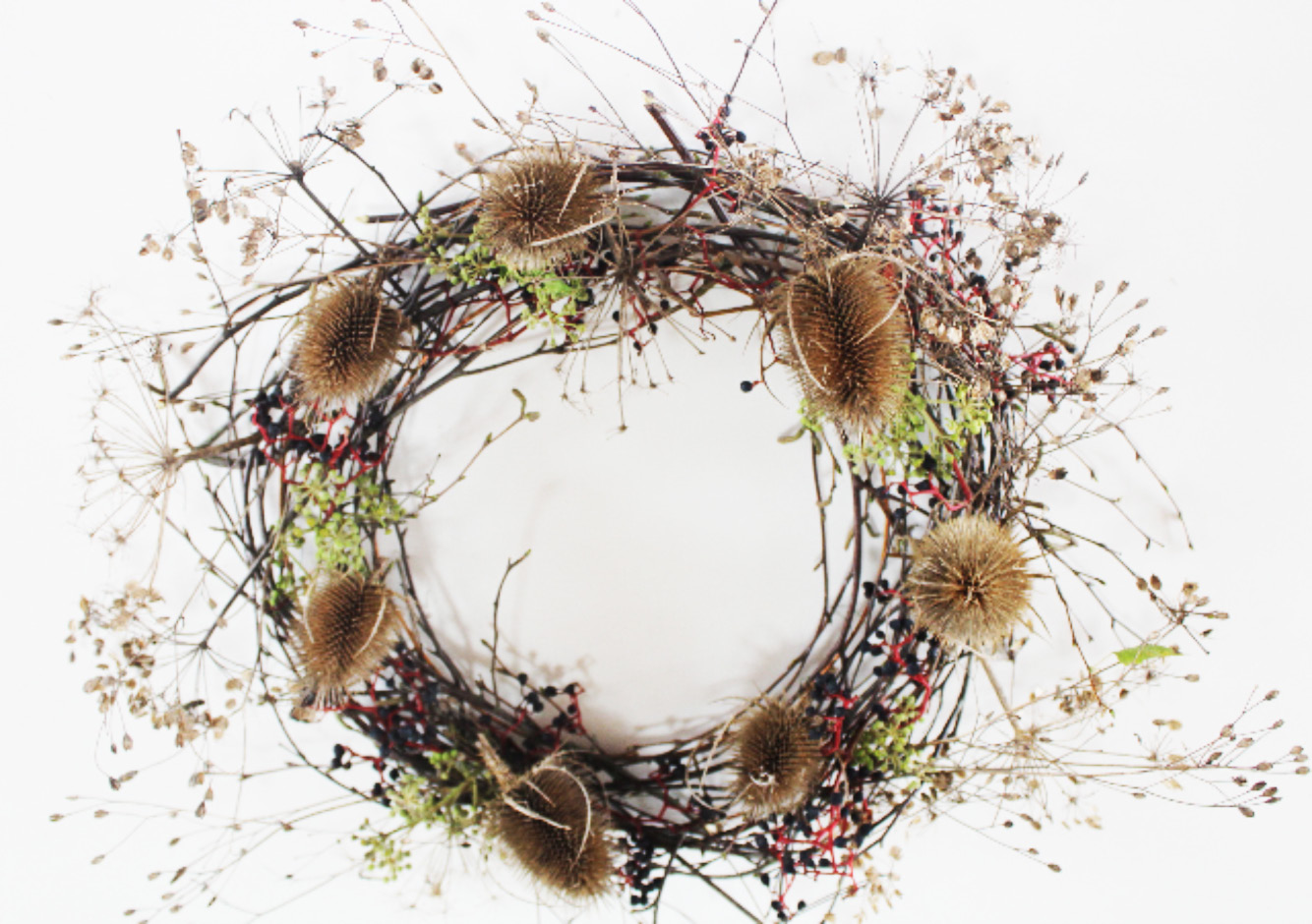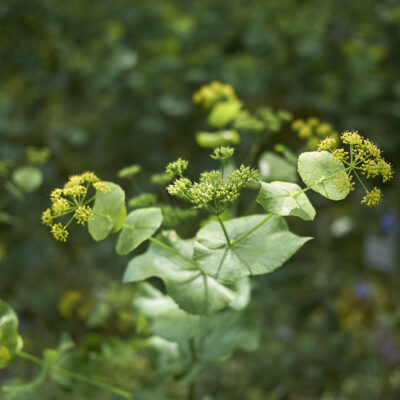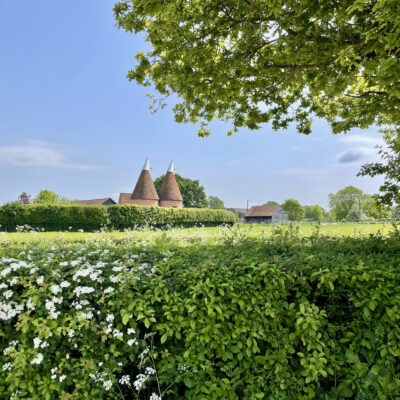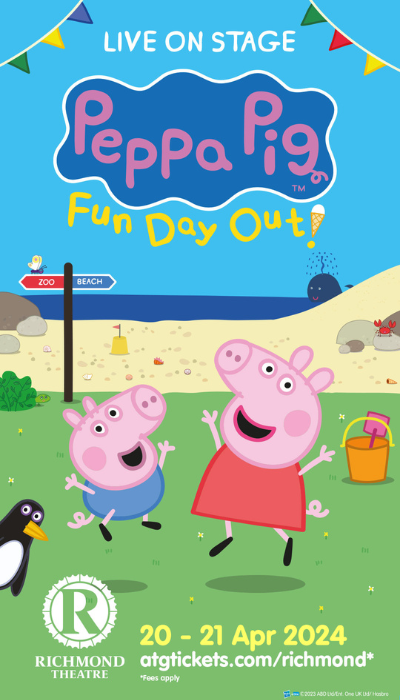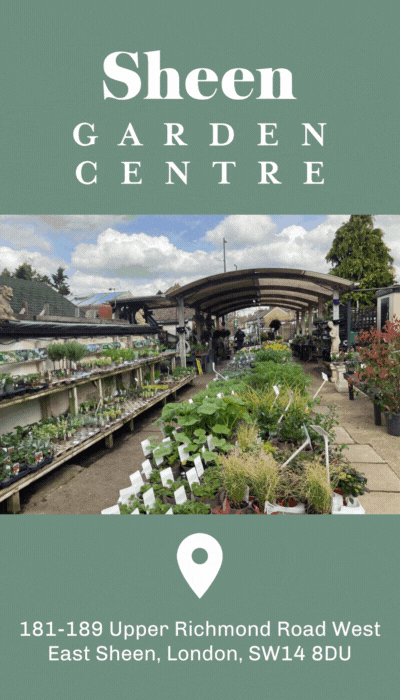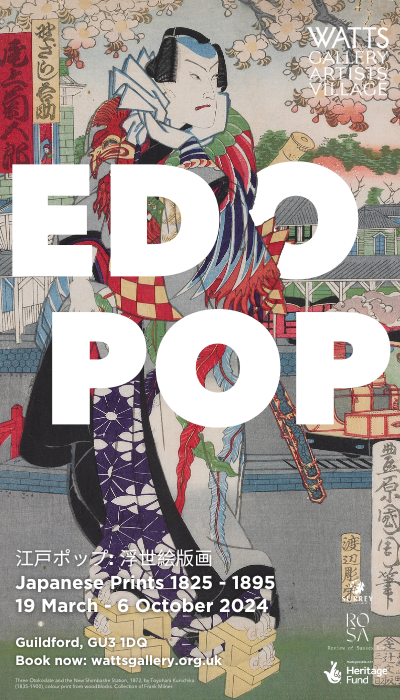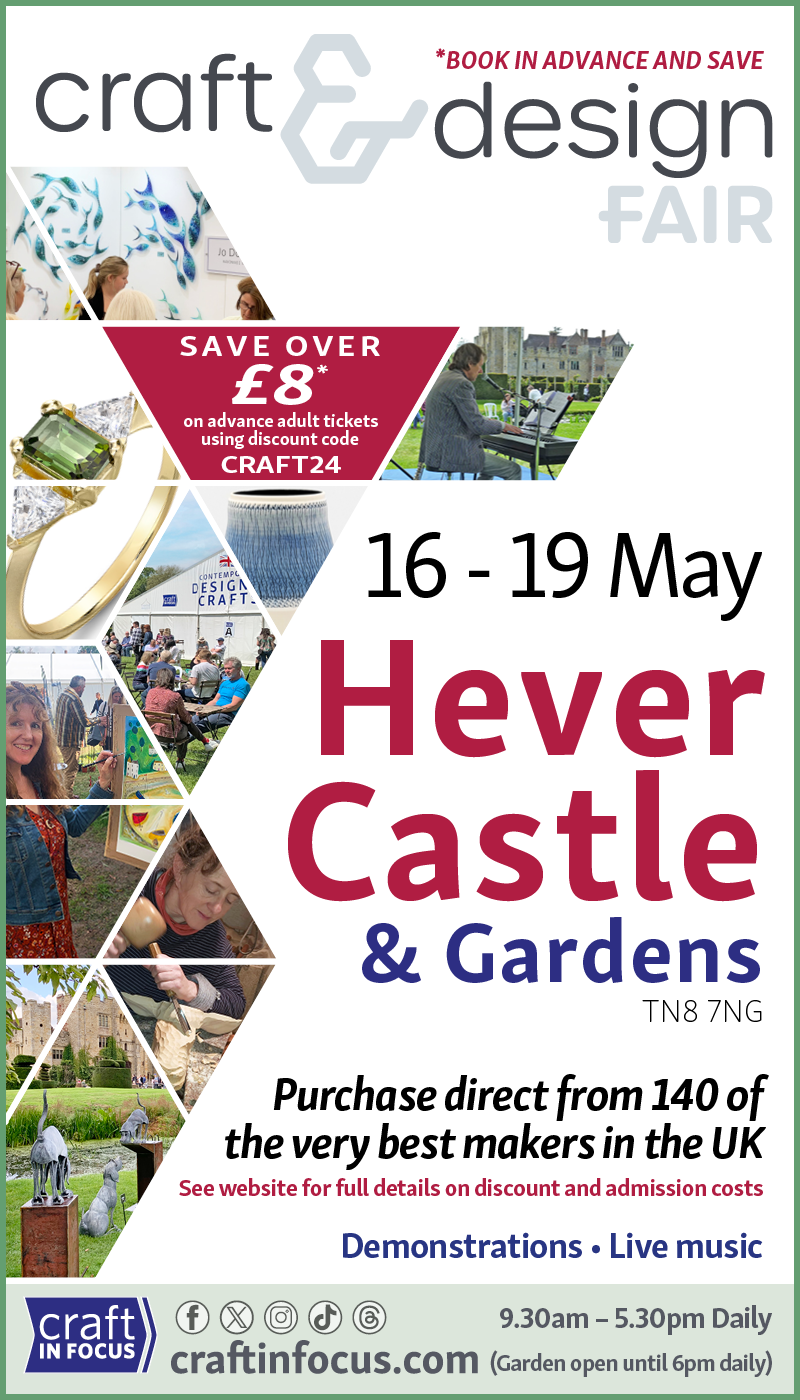Making your own Christmas decorations is one thing, but growing the materials first could be taking home crafting to a scary new level. It could even open up as a new niche in gardening (the Christmas patch?). I like the thought of it, but as usual leave my Christmas preparations to the last minute, then dash outside to see what I can find. So if you don’t fancy becoming a decoration farmer (you saw the future here first) read on. It’s all much easier than it appears – in fact the more you look around the garden and the hedgerows for inspiration, the more the natural forms begin to spring out. You’ll soon be coming back in with armfuls of twining stems, seedheads, skeleton leaves and berries. The difficult bit (apart from going outside in the cold, that is) is keeping it simple and stylish.
Natural decorations call for a lightness of touch and a relaxed approach – you shouldn’t need to gild the lily pods or weld your creation stiffly together (although I’m not averse to a little spray paint and glue guns are very useful). The colour palette needn’t be restricted to the reds and greens of berries and evergreen foliage either. Muted brown stems and cones mix well with the papery seed cases of honesty and ivy flowers (yes, ivy has flowers – look on the mature part of the plant for the clusters of creamy white flowers that turn slowly into black fruits). And if you want drama, try orange Chinese lanterns (Physalis alkekengi) alongside pink or black berries. Lush and glossy evergreens work well for table centrepieces and garlands. These should be picked and made as close to Christmas as possible (wet florists’ foam is useful – poke the stems into it to keep leaves fresh), but skeletal forms and the tracery of stems and umbelifers make delicate and understated decorations and can be picked weeks, if not months in advance.
Some things to try:
Sticks & stems… Pliable stems like those of birch, willow, dogwood and especially vines and creepers can be woven into wreaths, hearts and rings. Chunkier stems can be cut into lengths and then nailed or glued into shapes – make a Christmas tree shape by sticking ascending widths onto an upright stick, or put two triangles together and make a six-sided star.
Evergreen foliage… Ivy’s great (either humble hedgerow or garden variegated). Use the long, flexible young growth to weave in and around wreaths and swags and the flowers and fruits for decorations. I also use the young leaves from Eucalyptus, Aucuba japonica (spotted laurel), Bay, Viburnum tinus, Ruscus, Osmanthus and Euonymous, but there are lots of others.
Seedheads and cones… It’s amazing how many dried seed pods can be made to look festive. Collect them once they’re dry, but before the weather gets to them – try Alder cones, Beech nuts, Teasel heads, Physalis, Poppy seedheads, Honesty, Echinops, Allium (schubertii and christophii are best).
Berries… They don’t just come in red – I have a little Mountain Ash tree with pink berries; Sorbus hupehensis ‘Pink Pagoda’ has yellow berries and S. cashmiriana has white. There’s the wonderful Spindle tree (Euonymous europaeus) that can be found in the hedgerow which has orange berries in a pink casing. For a shocking purple berry that the birds don’t eat try Callicarpa bodinieri. Remember to compensate wildlife if you take berries and fruits.
Faded flowers and bracts… Hydrangea heads dry and last well, as do the skeletal forms of herbs like Fennel and Angelica, or hedgerow umbelifers like wild carrot and John Pye weeds. The flowers of ornamental grasses can be used to good effect too.
Equipment… You won’t need much: a pair of secateurs and gardening gloves (if you’re rummaging through the hedgerows and picking prickly bits), some florists’ wire and ribbon for hanging things. A glue gun is a useful thing if spherical fruits and seedheads can’t be wired on and if your creation is to hang outside in the weather for any length of time.
The great thing about using natural decorations is that after Christmas they don’t go into the loft, but onto the compost heap. Hurrah!
TEST
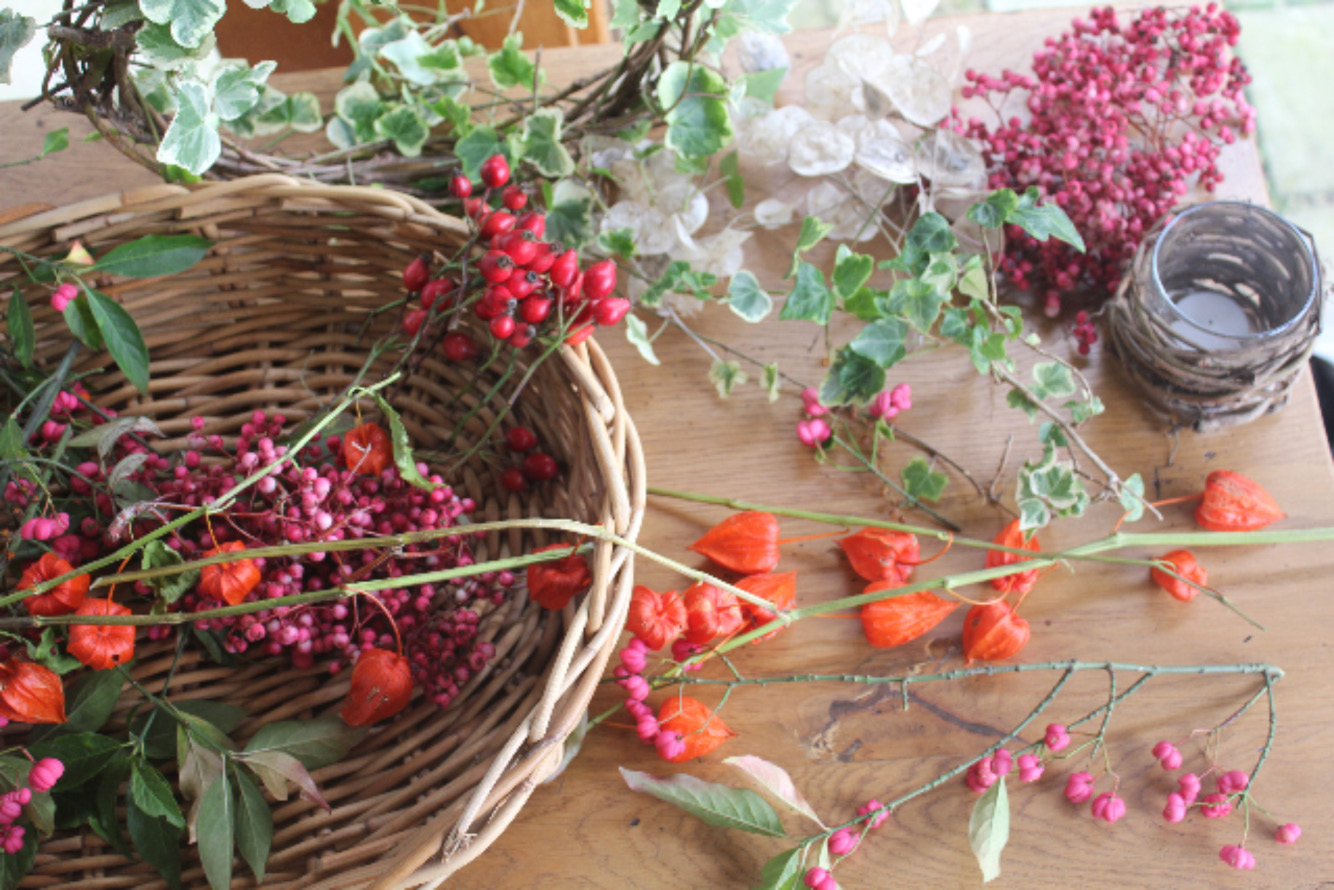 TEST
TEST
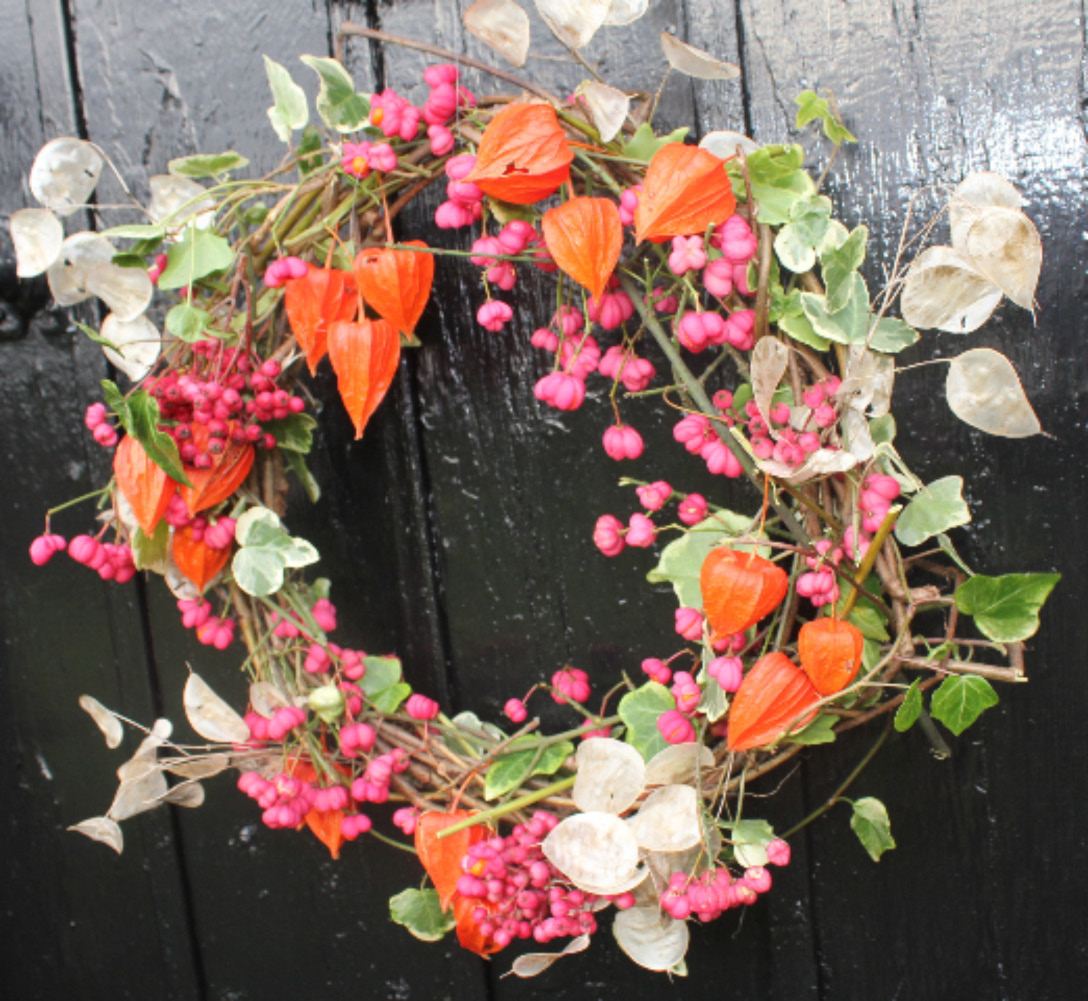 TEST
TEST
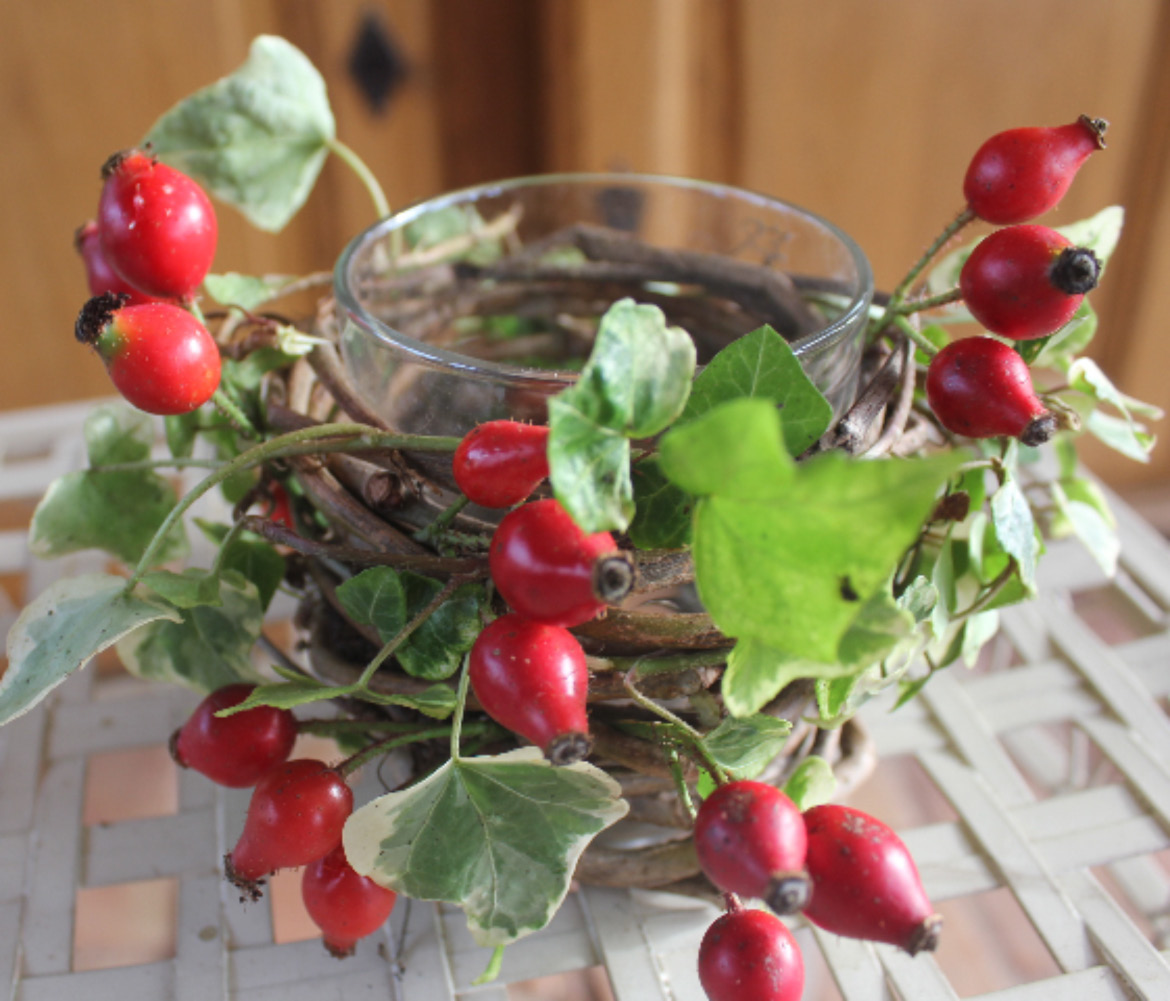
- words: Jo Arnell
You may also like
Go with the Flow
Sue Whigham shares some valuable new-to-gardening advice I’m sure that by now we should be used to the rain but I’m not entirely sure that we are. We had a dry, sunny day the other day and how everybody’s mood...
Farm Fables
Jane Howard gets to the bottom of why so many ponds have disappeared across the High Weald I have a new passion, almost an obsession, it’s about ponds. And there’s a distinct possibility I might become a bit of a...
Hedge Issues
Sue Whigham takes a meander along nature’s verdant and vital corridors Recently the BBC’s Today programme carried a feature about England’s hedgerows which created a lot of interest among listeners. On the strength of that, Martha Kearney interviewed one of...
